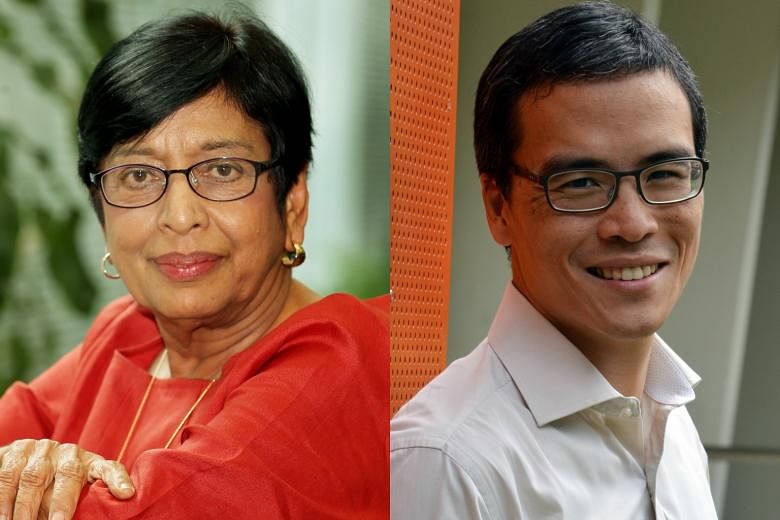Seventy is the new 65, and some even say the new 50.
This was suggested at a conference by several panellists yesterday when they called for a relook at the higher limit of the working age, which is now 64.
They said, during a discussion on ageing and its impact on society, that those turning 65 and older down the road will be better educated, more financially secure and healthier than the cohorts of seniors before them.
They will likely be able to continue supporting themselves and one another.
Seeing them as depending only on the young and competing for limited resources with the young could not be further from the truth, they said at the Singapore Perspectives 2018 conference.
This point was made by Dr Kanwaljit Soin, an orthopaedic and hand surgeon, and Mr Laurence Lien, chairman of the Lien Foundation, when they spoke about how misconceptions on ageing have given rise to the narrative that older folk are a liability to the young.
Dr Soin said the greying population has often been cast in a negative light because policymakers have used an outdated old age dependency ratio to measure the burden on the workforce.
This oft-cited ratio measures the number of working Singaporeans between the ages of 20 and 64 for every person aged 65 and older.
It was 7.7 in 2007, and fell to 5.1 last year, and is projected to drop to 2.1 by 2030.
Calling it alarmist, Dr Soin said that it assumes the experience of the present generation of older Singaporeans can be extrapolated into the future.
But the 2030 seniors will be less financially dependent and will, in fact, be important contributors to the economy, she said.
For instance, they will pay goods and services taxes as consumers and also generate opportunities in the financial, insurance and legal industries with their assets.
The older generation is also transferring wealth from one generation to the next in their families, Dr Soin said. "How many of us have helped our children to buy their first apartment or first car?"
With successive generations of seniors more likely to remain economically active until an older age, the pooling of risk for MediShield Life will also be increasingly spread out between older people who are better off and those who need more help, she added.
"Please remember, it is not money coming from the Government or taxes of the young people," she said.
Dr Soin, who has spoken often about ageism, said there is a structural lag of many years between public policy and the lived experiences of older people.
Mr Lien, who was at a separate panel, said the 65 benchmark for seniors should be moved to 70.
That would present a more optimistic picture of ageing which is closer to reality, he added.
For instance, people are working longer. The labour force participation rate for residents aged 65 and older was 12.4 per cent in 1999, while that for those aged 70 and older was 15.3 per cent in 2014.
Mr Lien suggested changing work structures for younger and older people to work side by side. "If everyone is working in parallel... we will not see older people as dependent people."
Panellist David Canning, a visiting professor at the Lee Kuan Yew School of Public Policy, said that setting the working age range to start from 20 also distorts the dependency ratio. He noted that the average young person earns enough to be financially independent only at 27. "We need to have more realistic numbers," he said.

